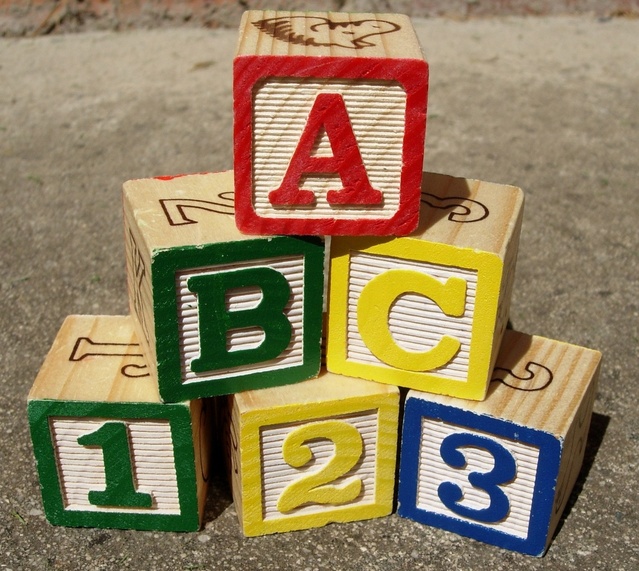TRAINING WITHIN INDUSTRY
Over the past few years, I have had the pleasure of being an instructor at the Investment Casting Institute’s Process Control Class. It was in this class that I had my first introduction to Training Within Industry.
During World War II, there was a shortage of skilled and trained workers at a time when the demand on manufacturing was very high. As a result, Training Within Industry was developed to quickly and efficiently train operators.
There are four programs of Training Within Industry:
- Job Instruction (JI) – this component teaches trainers how to train
- Job Methods (JM) – a methodology that employees use to make their job easier
- Job Relations (JR) – an analytical method for addressing personnel issues
- Program Development (PD) –how to solve production problems that are unique to a particular organization
Each of the programs are broken into four steps and the training and implementation of these programs is very structured. However, the organizations which followed this approach realized unbelievable results. After the war, TWI became less common place in the United States, however, the Japanese learned about it and TWI is credited to be the foundation of Lean Manufacturing.
In the book Training Within Industry by Donald Dinero, the author states that “TWI helped lay the bases for “learning organizations,” where successful companies train their employees to question, think and solve problems. “
Can you imagine a better workforce than one that can question, think and solve problems? There are a number of resources available online to learn more about Training Within Industry. In the upcoming articles, I’ll provide more information on each of the programs.
For more practical tips for manufacturing professionals to attract, train and retain your hourly workforce, go to www.keyprocessinnovations.com.

